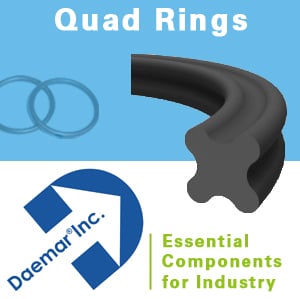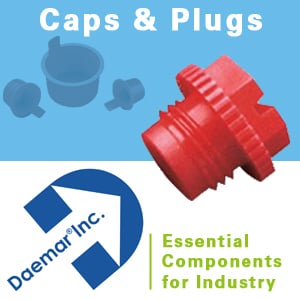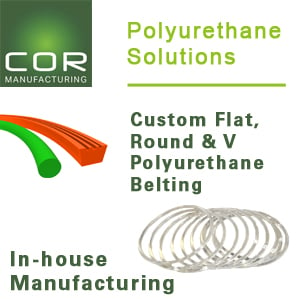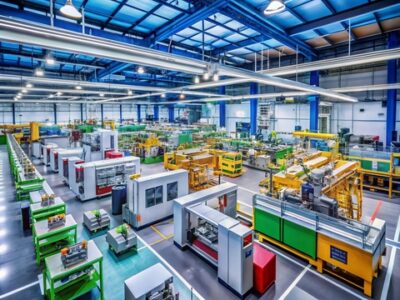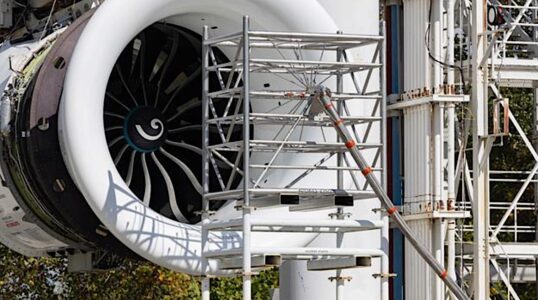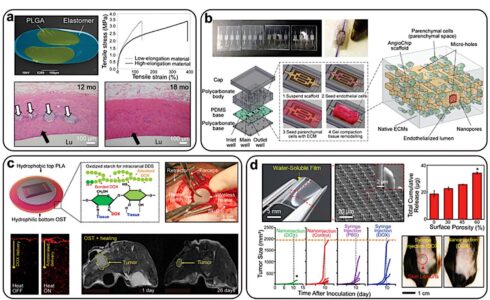As sulfide electrolyte production scales, design engineers are tackling the systems-level hurdles of thermal management, structural architecture, and manufacturing for the next generation of electric vehicles.
The solid-state battery (SSB) revolution is moving from the chemistry lab to the CAD terminal. The February 2025 announcement of a joint venture between Toyota and Idemitsu to mass-produce sulfide-based solid-state electrolytes marks the starting gun for a fundamental redesign of the electric vehicle platform.

For design engineers, the challenge is no longer if SSBs are coming, but how to integrate them into a vehicle system that leverages their advantages and mitigates their unique engineering constraints.
The core promise is undeniable: higher energy density, dramatically faster charging, and the elimination of flammable liquid electrolytes. However, the shift to a solid electrolyte introduces new design paradigms.
The move to solid-state isn’t a drop-in replacement. It’s a clean-sheet opportunity. Design and manufacturing is moving from managing the thermal runaway of liquid cells to managing the thermal conductivity of solid cells. The entire thermal system, from pack to chiller, requires a new approach.
The Engineering Design Leap: From Module to Monocoque
The key engineering focus areas are:
- Structural Battery Design: The mechanical properties of solid-state cells allow them to potentially serve as load-bearing elements. This opens the door to “cell-to-chassis” architectures, where the battery pack is integrated into the vehicle’s structure, saving mass, volume, and complexity. This requires new FEA models to understand stress distribution and crashworthiness in a multi-physics environment.
- Pressure and Interface Management: Unlike pouch or prismatic cells, many solid-state designs require a consistent and significant stack pressure to maintain ionic contact at electrode interfaces. Engineers are designing novel pack enclosure systems with integrated springs or hydraulic bladders to maintain this pressure over the vehicle’s lifetime and through thermal cycles.
- Solid-State Thermal Systems: Solid electrolytes are often poor thermal conductors. This necessitates the integration of highly efficient, conformal cooling systems—potentially using micro-channel cold plates that directly contact each cell—to prevent hot spots during fast charging and high-discharge driving.
Source and Context:
- Primary Source: “Toyota, Idemitsu to mass-produce solid-state EV battery cells by 2027” – Reuters, February 11, 2025.
Implications for Design Engineers
The bill of materials is changing. Expect to specify new materials for thermal interface pads, pressure-applying structures, and cell housings. The skillset required is expanding into electro-thermo-mechanical modeling, making cross-disciplinary collaboration more critical than ever.





